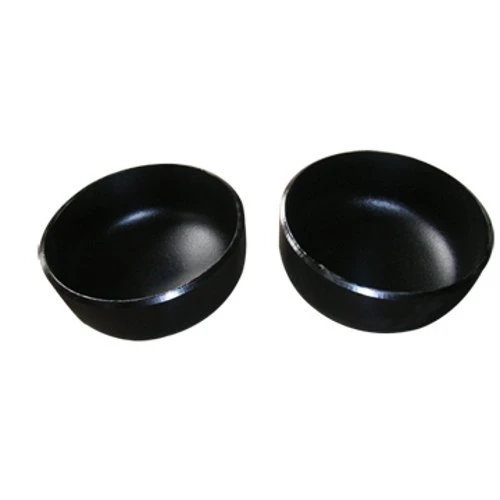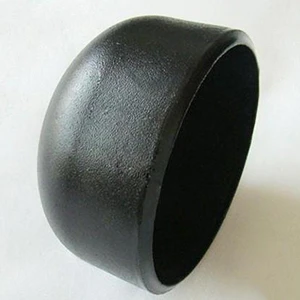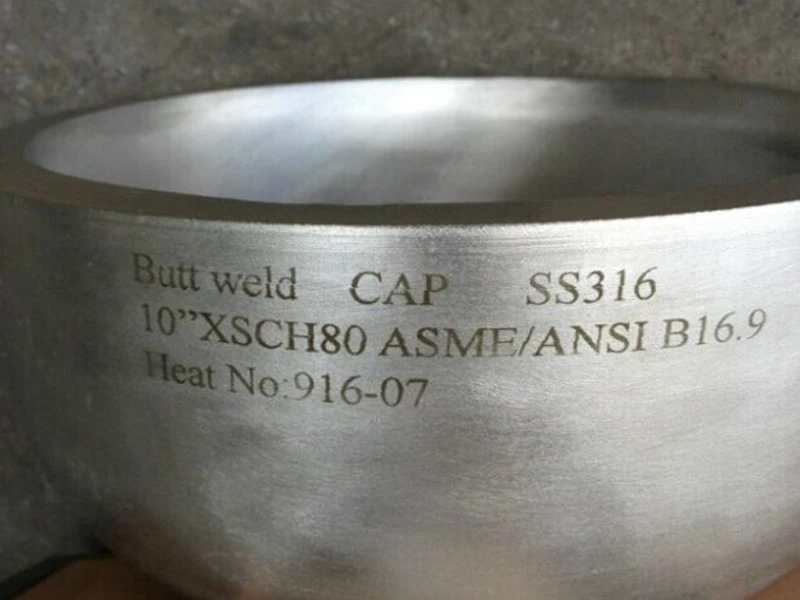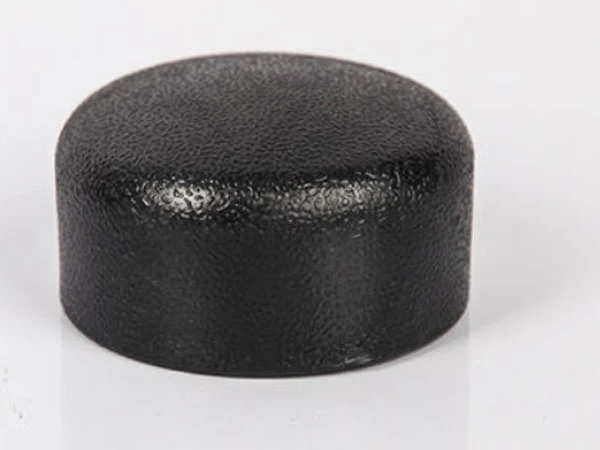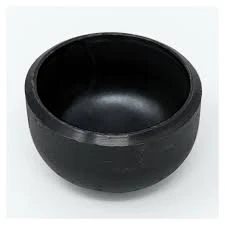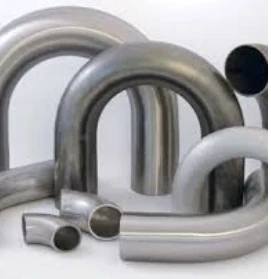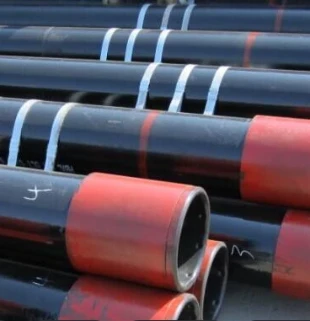Kap
A pipe cap is a versatile pipe fitting used to close the end of a pipe, effectively sealing it from external elements or containing materials within the pipeline. Typically shaped like a dome or a disk, pipe caps are essential components in piping systems across various industries, including oil and gas, plumbing, chemical processing, and water treatment. These caps are available in a range of materials, such as stainless steel, carbon steel, alloy, and plastic, making them suitable for diverse applications and environments.
Why Do Some Pipes Have a Cap?
Pipe caps are essential components used across many industries to securely seal the ends of pipes. They play a critical role in maintaining the integrity of piping systems, protecting them from contaminants, and ensuring safety. Pipe caps come in various materials like stainless steel, carbon steel, alloy, and plastic, making them adaptable for numerous applications, from temporary closures to permanent end seals.
Protecting Pipes from External Contaminants With pipe cap
One of the primary reasons pipes have caps is to prevent external contaminants like dirt, debris, and moisture from entering. In industrial and plumbing applications, foreign particles entering the pipe system can lead to blockages, corrosion, or damage to equipment. By sealing the pipe end with a cap, contaminants are kept out, maintaining the cleanliness and functionality of the system.
Ensuring Safety During Maintenance and Testing With pipe cap
Pipe caps are also widely used during maintenance and inspection to isolate sections of the pipeline. During shutdowns, repairs, or pressure testing, a cap allows for safe containment, preventing hazardous leaks and controlling pressure. This ensures that technicians can work on the system safely without exposure to harmful substances or accidental leaks. When performing pressure tests, the cap helps create a closed system, allowing for precise testing to ensure the pipe can handle operational pressures.
Permanent and Temporary Sealing Solutions With pipe cap
Pipe caps offer both permanent and temporary sealing solutions, making them incredibly versatile. For example, in projects that require future expansion, a cap might be used temporarily until the new section is ready to connect. In other cases, like certain plumbing or gas line installations, caps are permanently installed to close off unused ends, ensuring a secure and durable solution.
What is a Pipe Cap?
A pipe cap is a type of fitting used in piping systems to seal the end of a pipe. Its primary function is to close off the open ends of pipes, preventing the ingress of dirt, debris, and moisture, and ensuring the integrity of the system. Pipe caps are essential components in various industries, including plumbing, oil and gas, chemical processing, and HVAC systems.
Design and Materials of Pipe Cap
Pipe caps come in various shapes and sizes, typically designed to match the diameter of the pipes they are intended to close. They are available in different configurations, including threaded, socket-weld, and butt-weld types. Common materials used for manufacturing pipe caps include carbon steel, stainless steel, PVC, and brass, allowing for compatibility with a wide range of applications and environmental conditions.
Applications of Pipe Cap
The applications of pipe caps are diverse. In plumbing systems, they are often used to terminate pipelines, preventing leaks and maintaining system pressure. In industrial settings, pipe caps play a crucial role in the storage and transport of hazardous materials, ensuring that pipes remain sealed until needed. They are also used in maintenance and repair scenarios, allowing for the isolation of sections of a piping system for inspection or replacement.
Advantages of Pipe Cap
Using pipe caps offers several advantages. They help maintain the cleanliness of piping systems by preventing contamination, and they can enhance safety by reducing the risk of leaks. Additionally, pipe caps are cost-effective solutions that provide a reliable means of sealing pipes without requiring complex installation processes.







